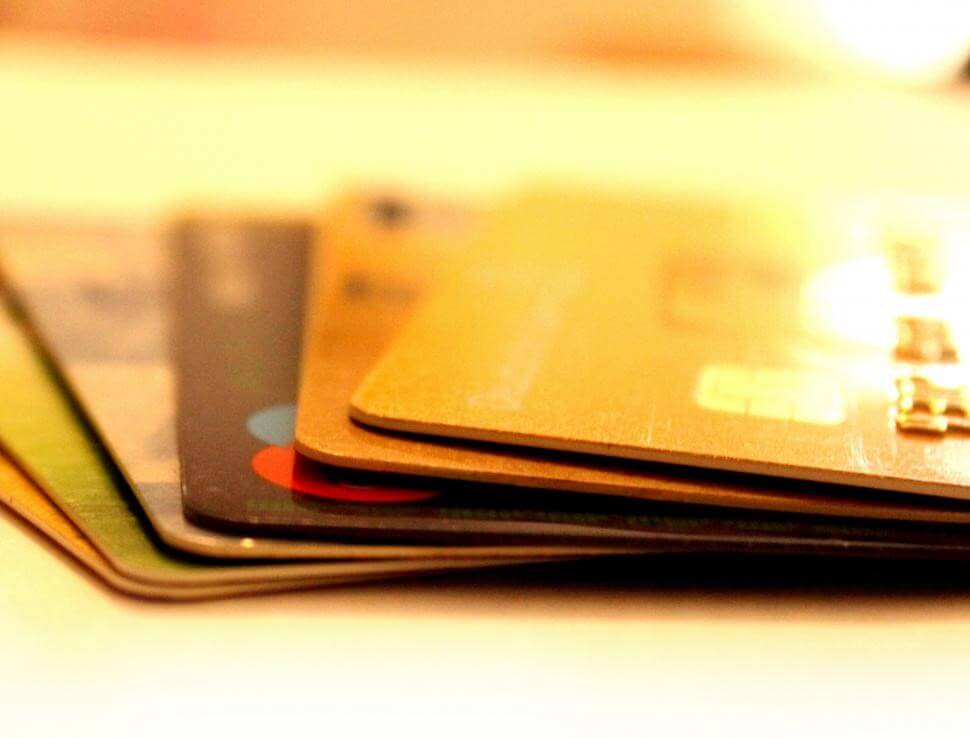If you’re trying to rebuild or establish your credit, you’ve likely been told that a secured card is a great way to get started. For borrowers with limited or no credit, a secured card is a simple way to get a major credit card, and can often be obtained quite easily.
Secured credit cards are an excellent resource for borrowers with poor credit looking to improve their credit score or receive a line of credit. Concerning purchasing capabilities, secured cards work in the same manner as unsecured cards do. If your card is branded with MasterCard or Visa, it can be used anywhere that MasterCard or Visa is accepted.
In fact, the primary difference between secured and unsecured cards is that secured cards require a collateral deposit, rather than a credit check for approval. This is because this type of credit is designed for people with credit scores of 600 or less or who may not qualify for unsecured credit.

What is a Secured Credit Card?
A secured credit card or secured line of credit is backed by your own cash when you open the account. The deposit you choose to make is generally your credit limit. So, if you make a deposit of $300, your credit limit is also $300.
By securing the card with cash collateral, the credit card issuer’s risk is limited. If you miss a payment, the issue can merely reduce the money from your deposit. The reduced risk allows lenders to give credit capabilities to people with no credit and poor credit.
What happens to your deposit if you follow the terms of your agreement? According to your contract with your lender, you will eventually get your deposit back. If you use your secured card responsibly, your credit may improve enough to qualify for an unsecured card – one that does not require a deposit.
Some lenders may allow you to upgrade your secured account to an unsecured one. If your lender doesn’t have an upgrade path, you will need to apply separately for an unsecured credit card and close the secured one. When you close a current secured card, the bank will refund your collateral deposit.
The minimum and maximum amount you will need to open a card will vary by the card issuer, but borrowers should be prepared to come up with between $200 and $300 for a deposit.
How Secured Credit Cards Work
Once you pay your initial deposit, secured cards work just like unsecured cards do:
- You can use your secured card anywhere that credit cards are accepted.
- You can rebuild or build your credit by paying your balance on time and using your card responsibly.
- If you carry a balance, your secured card will incur interest.
Most major lenders and card issuers offer both unsecured and secured credit cards. If you can’t get approved for an unsecured credit card, a secured credit card is an excellent tool to improve your credit. Keep in mind, that a secured card is just as significant of responsibility as any other bill or loan that shows up on your credit report. Your ability to manage your secured card will reflect on your credit report for years to come.
Unsecured Cards vs. Secured Cards
Whether or not you will need a secured card to build your credit will come down to how good your credit score is.
Unsecured cards don’t require a collateral deposit and therefore pose a higher risk to the card issuer. To be approved for a secured card, lenders will generally require a minimum of an average, good, or excellent credit history.
Some unsecured cards are advertised specifically to those with no credit and poor credit. However, these credit cards often come with fees that are incredibly high. Experts recommend applying for a secured card and building your credit history, rather than an unsecured card that has high fees.